
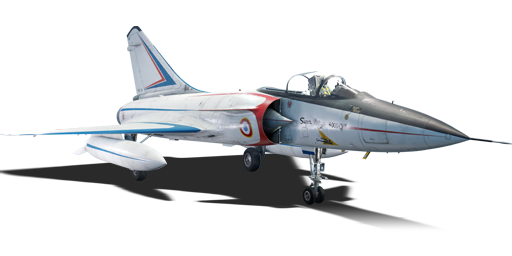


During the 1970s, after the French evaluation of the F-15A fell through, Dassault took part in a private venture to build a "heavy fighter-interceptor" of similar magnitude as the F-15, primarily for the French Air Force and export to close French allies. By the end of the decade, they had completed the Mirage 4000, which at first glance appeared to be a scaled-up Mirage 2000 with canards and double the engines. The Mirage 4000 however was more than meets the eye, being armed with a large amount of air-to-air missiles for its interception role, and with powerful SNECMA M53 engines to give it unrivaled thrust for its time, the Mirage 4000 was better than the early F-15As in most ways. However, the French Air Force found the aircraft too expensive to field and decided to pursue further upgrades of the Mirage 2000 instead. As for the export customers, most either bought the F-15A instead due to political pressure, or in the case of Iran, had a revolution which severed the alliance with France and prevented them from buying the Mirage 4000. In the end, only one Mirage 4000 was built, which made 300+ test flights and airshow demonstrations, before being moved to its final resting place at the Musée de l'air et de l'espace (Paris Air and Space Museum) in November 1992. Much of the technology and experience gained from the Mirage 4000 would be used in the Dassault Rafale shortly after.
Introduced in Update "Air Superiority", the Mirage 4000 is a direct development of the older Mirage 2000, and the ultimate culmination of the Mirage family. The aircraft can serve a true multipurpose role, having incredible dogfighting performance and up to 8 x R.550 Magic 2 all-aspect missiles for close-in dogfighting, up to four Super 530D missiles and a powerful radar for BVR combat, and even the ATLIS targeting pod and a respectable amount of laser-guided bombs and AGMs for heavy CAS duty. All in all, the Mirage 4000 serves as a true reward at the end of the French ranks, building upon the playstyles learned from the previous Mirage 2000s and the F-8E (FN).
flaps
flaps
flaps
brake
| Belt | Belt filling | Armor penetration (mm) at a distance: | |||||
|---|---|---|---|---|---|---|---|
| 10 m | 100 m | 500 m | 1000 m | 1500 m | 2000 m | ||
| API-T/HEI/HEF | 35 | 32 | 21 | 13 | 8 | 5 | |
| HEI/API-T/API-T/API-T | 35 | 32 | 21 | 13 | 8 | 5 | |
| HEF/HEI/HEF/HEI/API-T | 35 | 32 | 21 | 13 | 8 | 5 | |
| HEF/HEI | 4 | 4 | 3 | 3 | 3 | 3 | |
| Name | Weight | Slot | ||||||||||
|---|---|---|---|---|---|---|---|---|---|---|---|---|
| 89 kg |  |  |  |  |  |  | ||||||
| 245 kg | 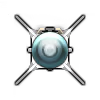 |  |  |  | ||||||||
| 270 kg | 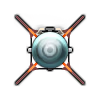 |  |  |  | ||||||||
| 247 kg |  |  |  |  |  |  |  |  | ||||
| 247 kg |  |  |  |  |  |  |  |  | ||||
| 446.8 kg |  |  |  |  | ||||||||
| 893.6 kg | 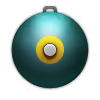 |  |  |  | ||||||||
| 18 × | 90.9 kg |  |  |  |  | |||||||
| 520 kg |  |  |  |  | ||||||||
| 2 × | 178 kg |  |  | |||||||||
| Drop tank (2500 liters.) | 135 kg |  |  | |||||||||
| Drop tank (500 liters.) 2 × | 398 kg |  |  | |||||||||
| 56 × Large caliber countermeasures | 56 kg |  |  | |||||||||
| ATLIS II targeting pod | 120 kg | 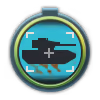 | ||||||||||
| 9 × | 2,223 kg | 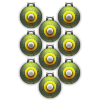 | ||||||||||
| 9 × | 2,223 kg |  | ||||||||||
| 2 × | 893.6 kg | 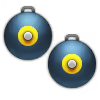 | ||||||||||
| 2 × | 1,787.2 kg | 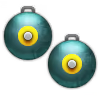 | ||||||||||
| 2 × | 1,940 kg | 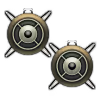 | ||||||||||












Flight performance | |
|---|---|
Survivability |
|---|
Weaponry | |||
|---|---|---|---|